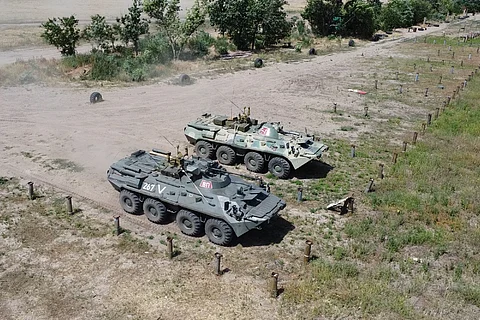

Russia has taken control of what is believed to be the largest lithium deposit in Europe, the Shevchenko deposit, located in the southern part of Ukraine’s Donetsk region near the intersection of the Zaporizhzhia and Dnipropetrovsk regions.
On Thursday, Russian forces fully secured the town of Shevchenko, after months of fighting in and around the area. The deposit, situated just northwest of the town, was discovered in 1982 by Soviet geologists but remained undeveloped for decades.
Although Russian troops had maintained a presence in the area since capturing the nearby city of Velyka Novosilka in January, fighting continued for months—including directly atop the deposit site—before Thursday's announcement.
In 2021, Australian company European Lithium acquired permits to develop the Shevchenko deposit for €184 million but abandoned the project in 2023 due to the site's proximity to active front lines. The deposit is estimated to hold up to 33 million tons of lithium and is believed to account for approximately 90% of Ukraine’s total lithium reserves.
Russia already controls another major lithium site in Ukraine—the Kruta Balka deposit in the southern Zaporizhzhia region—which was captured in the initial stages of the 2022 military offensive.
Following the consolidation of control, the Donetsk People’s Republic (DPR)—the Russian administrative authority in the region—announced on Thursday the initiation of preparatory work to extract both lithium and titanium from territories it controls. The Russian state-run firm Nedra confirmed it would begin operations once the front line had been pushed back far enough to guarantee worker safety.
Rare earth elements and mineral wealth have become a central topic in the geopolitical dimension of the war, especially since U.S. President Donald Trump took office in January. Ukrainian President Volodymyr Zelensky has actively tried to leverage Ukraine’s rich mineral resources as a bargaining tool for continued Western support.
In late April, Ukraine and the United States signed a "Minerals Deal" aimed at jointly developing Ukraine’s rare earth and mineral assets. However, a significant portion of Ukraine’s known and suspected mineral deposits are now either under Russian control or lie too close to active combat zones for exploration or extraction to proceed safely.